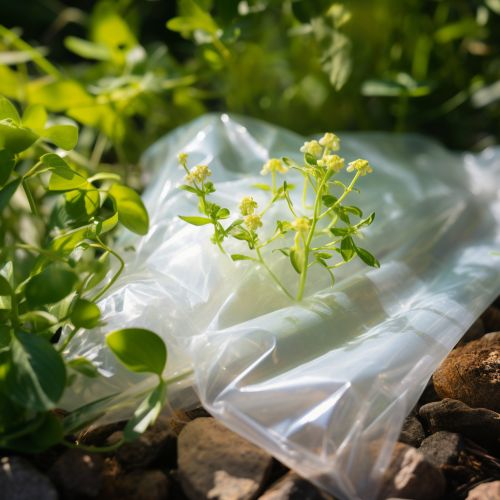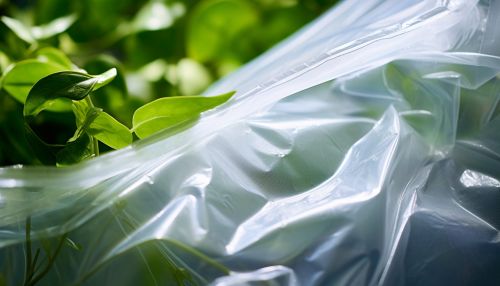Biodegradable
Introduction
Biodegradability refers to the ability of materials to break down and return to nature. In order for packaging products or materials to qualify as biodegradable, they must completely break down and decompose into natural elements within a short time after disposal – typically a year or less. The ability to biodegrade within landfills helps to reduce the buildup of waste, contributing to a safer, cleaner and healthier environment. Biodegradation is a crucial aspect of reducing environmental pollution and promoting sustainability.


Understanding Biodegradability
Biodegradability can be defined as the capacity of a material to be decomposed by bacteria or other biological means. The term is often used in relation to ecology, waste management, environmental remediation and to plastic materials, due to their long lifespan. Biodegradable substances include food scraps, cotton, wood, human and animal waste, manufactured products such as paper, and natural products such as leaves, grass clippings, and bark.
Biodegradation Process
The process of biodegradation can be divided into three stages: biodeterioration, biofragmentation, and assimilation. Biodeterioration is the modification of the physical properties of the material caused by biological activity. Biofragmentation is the lytic process in which bonds within the polymer are cleaved, generating smaller fragments. Assimilation is the stage in which the microorganisms secrete enzymes that are capable of converting the fragments into basic cellular constituents, which are then metabolized by the cells.
Factors Influencing Biodegradation
Various factors can influence the rate and extent of biodegradation, including temperature, humidity, exposure to sunlight, the presence of certain chemicals, and the physical state of the material. For instance, materials that are shredded or broken down into smaller pieces will generally biodegrade more quickly than those that are left whole.
Biodegradable Materials
Biodegradable materials are often plant-based, such as corn and wheat starch. However, some biodegradable materials are petroleum-based. These include polylactic acid (PLA), which is made from fermented plant starch (usually corn) and is considered biodegradable under industrial composting conditions. Other examples include polyhydroxyalkanoates (PHAs) and polybutylene succinate (PBS).
Biodegradable Plastics
Biodegradable plastics are plastics that can be decomposed by the action of living organisms, usually microbes, into water, carbon dioxide, and biomass. Biodegradable plastics are commonly produced with renewable raw materials, micro-organisms, petrochemicals, or combinations of all three.


Environmental Impact
While biodegradable materials are designed to break down within landfills, the reality is that many landfills lack the necessary physical conditions to facilitate this process. In order for materials to biodegrade, they require the right conditions: bacteria, moisture and the correct temperature. If any of these conditions are not met, the material may not break down as expected.
Future of Biodegradability
The future of biodegradability looks promising with the advent of modern technology and increased awareness about environmental sustainability. There is a growing interest in developing new materials that are both functional and biodegradable.
